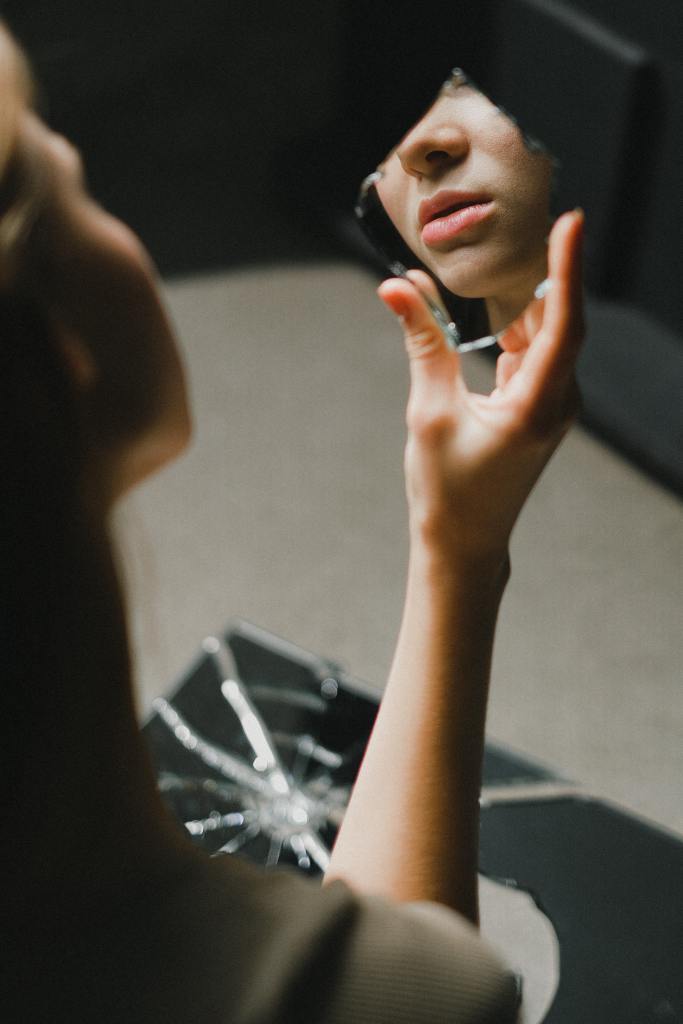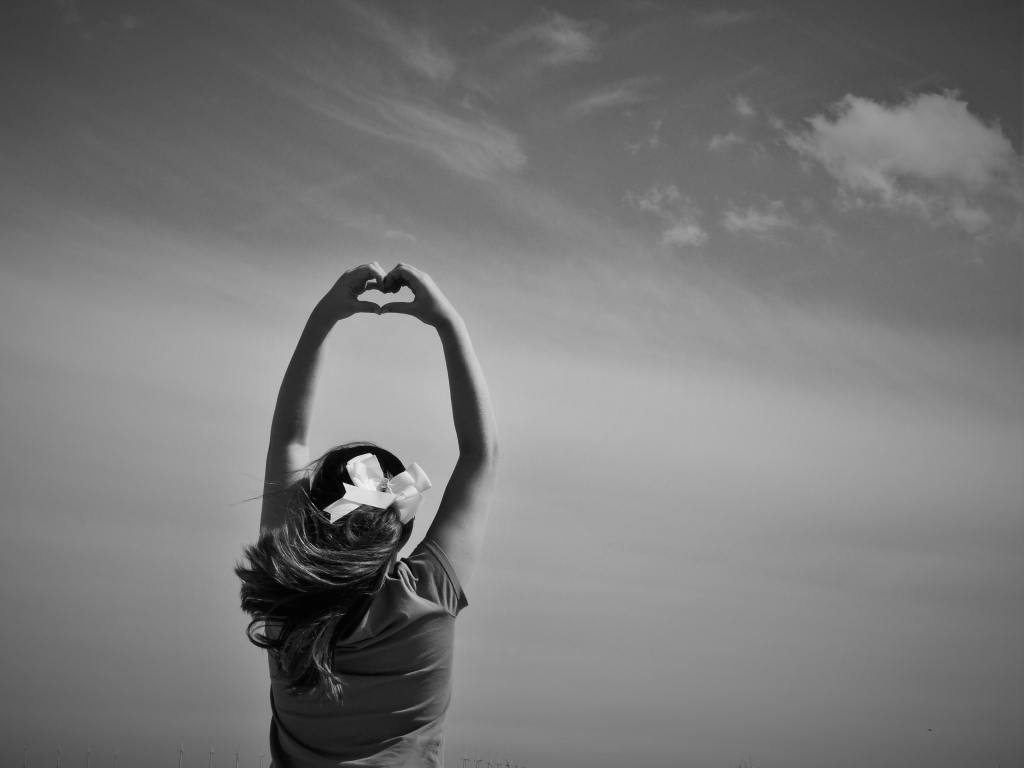At the risk of revealing my age, back in my day, if someone took a photograph of their own face and showed that picture to the whole school, it would have been viewed as a blatant act of narcissism. Or perhaps it would have been viewed as an extreme logistical feat! Have you ever tried to rotate your wrist 180 degrees to perfectly position a disposable camera to capture anything other than a smudged thumb print and a smear of colour? Let alone an aesthetically appealing image of your own face!
Growing up in a different generation sometimes makes it difficult to understand the technology driven behaviours of young people. But understand it or not, the act of taking a “selfie” is firmly entrenched in the popular culture and everyday practices of teenagers. It probably comes of no surprise that girls take way more selfies than boys and are twice as likely to share these photos online (Anderson & Jiang, 2018).
Whilst taking selfies might appear like harmless self-expression, I can’t be the only parent or educator concerned about the obsessive way that teenage girls document and share their image online. How do these selfie behaviours impact self-esteem? Steinsbekk et al., (2021) highlights the importance of appearance to teenage girls and the connection to global self-esteem:
“Self-perceived physical appearance is the single sub-domain of the self that contributes the most to adolescents’ global self-esteem – particularly among girls.”
Steinsbekk et al., 2021, p.1
Chua and Chang (2016) suggest the importance that teenage girls place on appearance is also due to the rapid physical changes experienced during puberty that heighten their self-consciousness and anxieties about their physical appearance. This focus on physical appearance is intensified further by media promoted body ideals, which girls internalise to a much greater extent than boys (Knauss, 2007).
Now, social criticism about the exposure of teenage girls to unrealistic beauty standards has been rampant since at least 1997 when my Mum refused to buy me the Dolly Magazine show bag at the Ekka for this very reason. However, social media platforms have created new ways for these beauty standards to be constructed through interactive features that increase the accessibility, intensity, and dynamics of self-presentation and peer comparison (Chua & Chang, 2016).
Whilst some studies have found a link between social media use and increased levels of self-esteem, self-confidence and mental health in adolescents (James et al., 2007; Steinsbekk et al., 2021), there are some potential risks that should be considered.
Exposure to peer feedback
Girls who actively post selfies on social media position themselves to receive direct feedback from their peers about their appearance. Feedback mechanisms such as “likes,” private messages and comments threads validate or discourage particular presentations of self, which can have a powerful impact on adolescent self-esteem and can manifest into indicators of self-worth (Prescott; 2020; Walsh, 2018).

Seeking perfection
Post-production digital editing tools such as Facetune and RetouchMe enable users to alter their appearance in flattering ways by manipulating lighting, skin tone, facial features and special effects to achieve their desired self-representation. Filters and retouch tools enable adolescent users to construct idealised and fictitious identities online that never stack-up to reality (Ehmke, n.d.). This seems to erode all of the hard work that we do teaching our daughters that they are beautiful just the way they are!
Peer comparison
The ambiguity of reality in digital environments poses a risk to the appearance self-esteem of teenage users who may evaluate their appearance against unrealistic and unachievable notions of beauty (Chua & Chang, 2016; Prescott, 2020). Studies have found that frequently viewing selfies on social media platforms may lead to decreased self-esteem, higher weight dissatisfaction and greater self-objectification (Ehmke, n.d.; Kelly et al., 2018)
So whilst the experts present mixed findings about whether selfies enhance or diminish the self-esteem of adolescent girls, the selfie phenomena isn’t going anywhere soon, so parents and educators need to find ways to counterbalance some of the risks. Two great strategies are:
- Education: talk with your children/ students about the influence of social media images so that they can be aware of the false concepts and comparisons that exist in their online interactions (Daniel, 2016).
- Promote self-esteem: provide your children/ students with compliments that extend beyond their appearance, building their global self-esteem by validating and complimenting other characteristics and qualities such as their kindness, sense of humour, work ethic, talents etc. (Daniel, 2016; Ehmke, n.d.).

It is clear that self-representation through selfies plays a critical role in the self-esteem of teenage girls. Supporting a healthy relationship with selfies and social media is a difficult task for parents and educators but is a critical step in ensuring our girls like themselves with or without the “likes.”
Check out these links for some more great resources on developing self-esteem in teenagers:
Healthychildren.org: Ways To Build Your Teenager’s Self-Esteem – HealthyChildren.org
Reachout.com: Things to try: Self-esteem – ReachOut Parents
Positivepsychology.com: 18 Self-Esteem Worksheets and Activities for Teens and Adults (+PDFs) (positivepsychology.com)
References
Anderson, M. & Jiang, J. (2018). Teens’ social media habits and experiences. PEW Research Center. Teens and their experiences on social media | Pew Research Center
Chua, T., & Chang, L. (2016). Follow me and like my beautiful selfies: Singapore teenage girls’ engagement in self-presentation and peer comparison on social media. Computers in Human Behavior, 55, 190–197. https://doi.org/10.1016/j.chb.2015.09.011
Ehmke, R. (n.d.). What selfies are doing to self-esteem. The Child Mind Institute. Selfies and Self-Esteem | Child Mind Institute
Daniel, D. (2016). Selfie does not equal self-esteem. The Holistic Brain. Selfie Does Not Equal Self-Esteem (danielledr.com)
James, C., Davis, K., Charmaraman, L., Konrath, S., Slovak, P., Weinstein, E. & Yarosh, L. (2017). Digital Life and Youth Well-being, Social Connectedness, Empathy and Narcissism. Pediatrics, 140(S2), 71-75. doi:DOI: 10.1542/peds.2016-1758F
Kelly, Y., Zilanawala, A., Booker, C., & Sacker, A. (2018). Social Media Use and Adolescent Mental Health: Findings From the UK Millennium Cohort Study. EClinicalMedicine, 6, 59–68. https://doi.org/10.1016/j.eclinm.2018.12.005
Knauss, C., Paxton, S. J., & Alsaker, F. D. (2007). Relationships amongst body dissatisfaction, internalisation of the media body ideal and perceived pressure from media in adolescent girls and boys. Body Image, 4(4), 353–360. https://doi.org/10.1016/j.bodyim.2007.06.007
Prescott, C. (2020). “I Wish I was Wearing a Filter Right Now”: An Exploration of Identity Formation and Subjectivity of 10- and 11-Year Olds’ Social Media Use. Social Media + Society, 6(4). https://doi.org/10.1177/2056305120965155
Steinsbekk, S., Wichstrøm, L., Stenseng, F., Nesi, J., Hygen, B. W., & Skalická, V. (2021). The impact of social media use on appearance self-esteem from childhood to adolescence – A 3-wave community study. Computers in Human Behavior, 114, 106528–. https://doi.org/10.1016/j.chb.2020.106528
Walsh, J. (2018). Adolescents and Their Social Media Narratives : A Digital Coming of Age. Routledge
I just love your blog, Michelle! Just before reading this post, I wrote one about how social media is affecting young children’s self-esteem and body image, so I found your ideas very relatable. I completely agree with you and get very worried for the students in my class (upper primary) who seem to care a little too much about how many likes or views their latest post received or the comments written about them. I strongly believe that teachers, students, and parents need to be educated about the risks associated with social media. It’s such an influential component of our young people’s lives, which is a little scary really! Your suggested resources at the end look fantastic and I’m very keen to explore these further. Thank you so much for sharing!
LikeLike